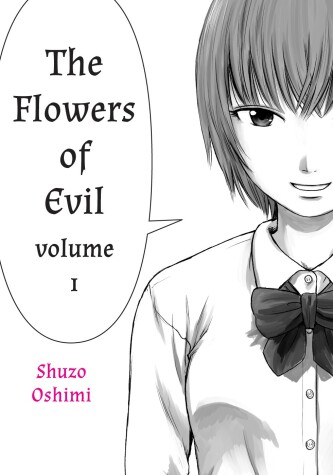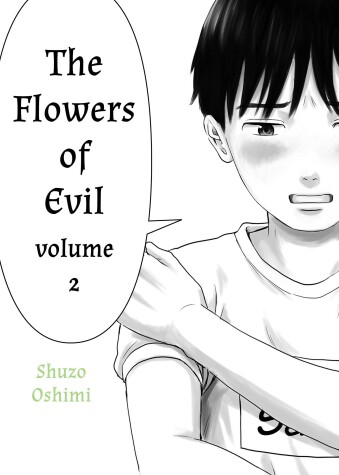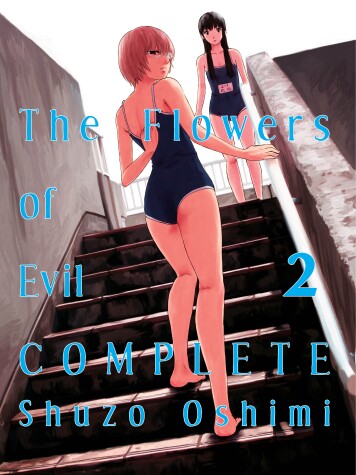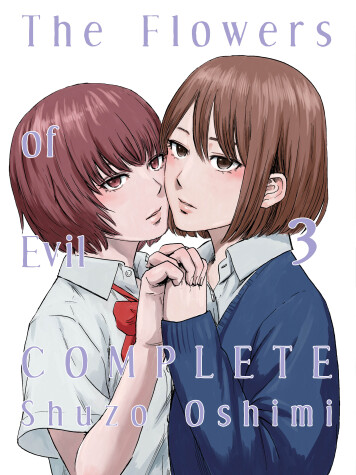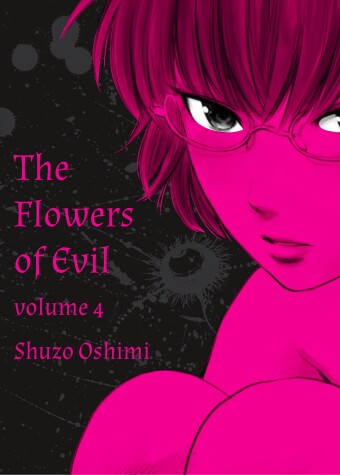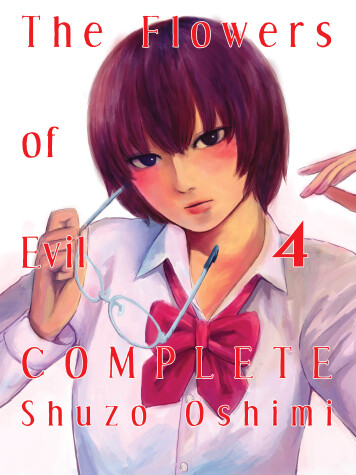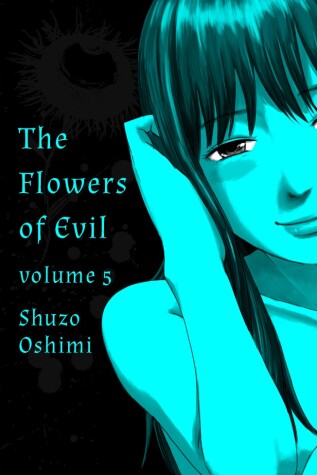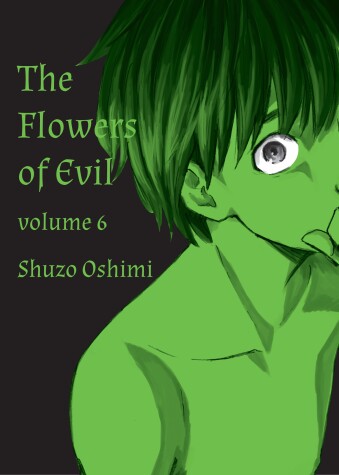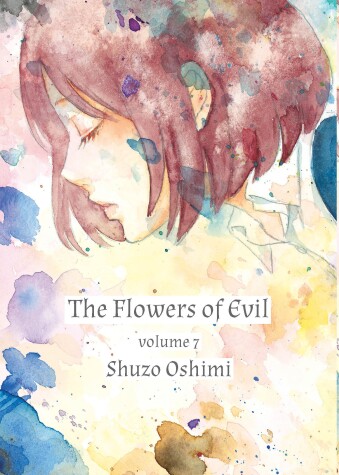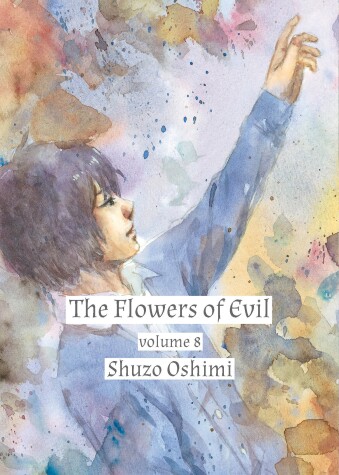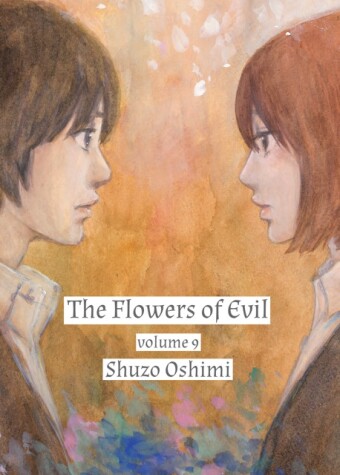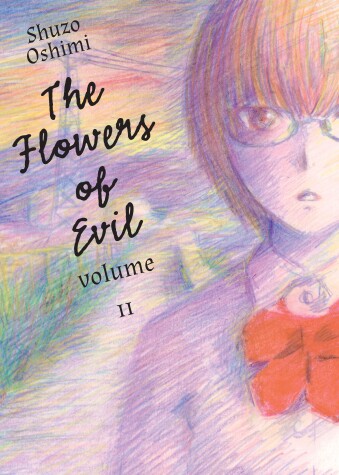Flowers of Evil
13 primary works
Book 1
Nakagawa is known as the class bully. When she is not receiving zeros she is usually muttering profanities to those around her. While she doesn't care for books or their readers, she does have a thing for troublemakers. Takao may not be one, but having read over his shoulder a few times, she knows he is not very innocent. If anything he is bored and aware of it.
Together, by chance, they shake up their entire rural community as Takao tries to break out of his shell in a random moment of passion and affection...not directed towards Nakamura. And contrary to Takao's predictions, the girl he was falling for, Nanako Saeki, responds by eventually accepting the bibliophile for who he is. Or at least, who she thinks he is.
And therein lies the conflict. Takao is not a hero. He is not trouble-maker, either. He is a regular teen who through equal moments of cowardice and chivalry takes a long step towards adulthood as he desperately tries to cover up a dark secret. Takao Kusuga has stolen an item precious to someone he is attracted to, and if he doesn't form a "contract" with his new best friend, she is going to tell.
Book 1
Book 2
Contrary to Takao's predictions, the girl he was falling for, Nanako Saeki, responds by eventually accepting the bibliophile for who he is. Or at least, who she thinks he is. In the second volume of Flowers of Evil, Takao's lies have given him new life with his now new girlfriend Nanako. And as he becomes closer to Nanako, his relationship with Sawa only deepens as the "contract" they share weighs heavily on the teen.
Book 2
Book 3
Book 4
Furthermore, Takao is now in search now a utopia. One that can only be shared with his best and only friend, that will sit, even if briefly, among the rice paddies and in the mountains of his rural hometown. And most importantly, it will be a place that pokes fun and underminds every little thin ideal that holds this town together. There is no way this new society will be accepted, but that is exactly what these two wanted in the first place.
Book 4
In this final installment, time passes and people grow, change and heal, and we get a glimpse into the first fateful encounter between Nakamura and Kasuga, from her point of view…
Book 5
When Nakamura said to Kasuga that Saeki wanted to have sex with him, might she have been telling the truth?
Book 6
Now the duo have been wrongly-accused of a crime, and their previous hijinks—including many school pranks—have placed them in an awkward position within their tiny community. Furthermore local authorities now involved and are more than willing to blame all strange behavior this small town has seen recently on the two teens.
Is this the end of this drama? Will being treated as outcasts in their own community keep these two from crossing over to the other side?!
No! It is just the end of the second arc...
Book 7
Takao is in a new school; your average model student. And while he is just as awkward, Takao has made some friends and is even occasionally being asked to be social as a new high school student. Even more intriguing is the fact that Takao might have already found himself someone to open up to. Like Sawa this person can see that there is more to Takao than meets the eye. But in this case it is her who reintroduces him to literature.
Book 8
Flowers of Evil tells the tangled tale of Takao Kasuga, a shy middle-school boy who falls in love with one girl and ends up being blackmailed by another in rural central Japan. Throughout a series of catastrophic adventures, Takao remains absorbed by French poet Charles Baudelaire's Les fleurs du mal (The Flowers of Evil), which becomes the key to this engaging, wide-ranging narrative of romance and revelation. Readers have been charmed and captivated by this all-too-credible, yet often outrageous, story of awkward, young love. Flowers of Evil creator Shuzo Oshimi was recognized as one of the most gifted of the younger generation of manga artists, and in 2001 received the Tetsuya Chiba Award.
Book 9
Recognized as one of the most engaging series in the world of shonen manga (stories with male protagonists), Flowers of Evil shuns the genre's otherworldly conventions to tell down-to-earth stories of the trials of young people as they stumble into love and sometimes back out again. This new-style romance comedy of rural teens centers on the lonely, bookish Takao's search for his own identity, under the influence of Charles Baudelaire's poetry classic Les fleurs du mal (The Flowers of Evil). Bound by emotion and circumstance to the beautiful Nanako, the girl he desires, and the scheming Nakamura, the girl whose torments put him on the path to adulthood, Takao is also challenged to settle his differences with his parents. Flowers of Evil creator Shuzo Oshimi was recognized as one of the most gifted of the young generation of manga artists, and in 2001 received the Tetsuya Chiba award.
Book 11
A lonely, bookish teen struggles to find his identity through Charles Baudelaire's poetry until two girls, a bully and the class beauty, help him realize true love and real friendship. In the eleventh volume of The Flowers of Evil, Takao Kasuga has blossomed. After years of struggling with his inner demons and a lifetime of boredom, the young man has found peace. Now a high schooler living in the growing city of New Urawa, he has come a long way from his days of riding his bike and hitting used book stores in his sleepy mountain hometown in the rural regions of Gunma prefecture. But now he returns to Gunma, intent on finding the person who set him on this journey of self-discovery, for some closure.
